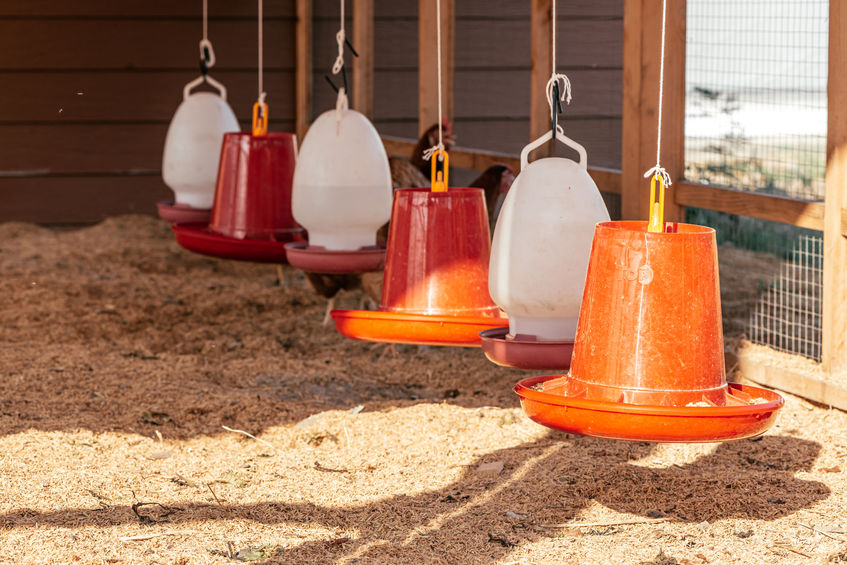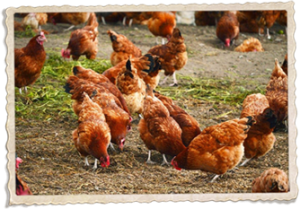
A few weeks ago, we discussed the different types of chicken feeders you can get for your flock. Now we’re moving on to chicken waterers. After all, chickens need more than feed to be happy—they also need water. Chicken waterers are an essential part in doing so.
In this article, we discuss everything you need to know about chicken waterers so that you can choose the right one for your backyard flock:
What Is a Chicken Waterer?
A chicken waterer is exactly what you think it is—it’s a device that holds water for your chickens to drink from. However, it’s more than just a bowl with water like you would give to household pets. Chicken waterers are specifically designed not to tip over and to prevent dirt or debris from getting inside.
How Much Water Do Chickens Need?
60% of a chicken’s body is made up of water, so they need proper water intake to stay healthy. A typical adult chicken will drink approximately 0.5 liters of water on a normal day and 1 liter on a hot, summer day. Keep in mind that this number will fluctuate depending on the chicken, their health, and the time of year.
The Different Types of Chicken Waterers
There are three main types of chicken waterers: nipple waterers, gravity fill waterers, and chicken cup waterers. Just like in our chicken feeders post, the type you choose will depend on you and your flock. Here we break down the basics of each:
Nipple Waterers
Nipple waterers, or automatic waterers, are one of the most desirable options for backyard flocks. Water is stored in a container and is dispensed through a nipple, which your chickens push against to open. Nipple waterers provide the best of both worlds: water is kept safe and clean inside the container, and your chickens can drink from it whenever they please. They can be a bit expensive, making them less suitable for small flocks.
Good For:
- Medium to large flocks
- Busy owners who prefer little day-to-day maintenance
- Coops with a rain barrel system
- Preventing messes
- Preventing contamination
Gravity Fill Waterers
The most commonly used waterers are gravity fill waterers. Also known as bell chicken waterers, they look like an upturned bell hung from above. They’re cheap and effective, allowing easy water access for your chickens with minimal mess. Plus, since they’re hung up above the ground, there is little chance for dirt or debris to get inside. Keep in mind, though, that you must manually fill gravity fill waterers, so you can’t set them up with a rain barrel system like you can with nipple waterers.
Good For:
- Small to medium-sized flocks
- Owners with some more time on their hands
- Owners on a budget
- Preventing contamination
- Preventing too much mess
Chicken Cup Waterers
Finally, there are chicken cup waterers. These work in the same way as nipple waterers, except they use cups instead of nipples. They also dispense a bit more water than nipple waterers, making it an ideal option in the summertime. Chicken cup waterers are probably the cheapest option, but they have risks. The cups are harder to keep clean, increasing the risk of bacteria growth. They can also be tipped over more easily than the other two types of waterers.
Good For:
- Small flocks (you need two for a flock of ten)
- Owners on a budget
- Owners with time on their hands (for cleaning the cups and any potential spills)
- Chickens that struggle with nipple waterers
- Hot climates
Where to Place Your Chicken Waterers
Now that you have your chicken waterer, you need to decide where to put it. The best location is a cool, shady area inside of your chicken coop. Each type of chicken waterer is hung up above the ground, so make sure you have the requisite space on your ceiling or walls.
Have further questions on choosing the right chicken waterer for your flock? Then contact Chickens for Backyards today!

